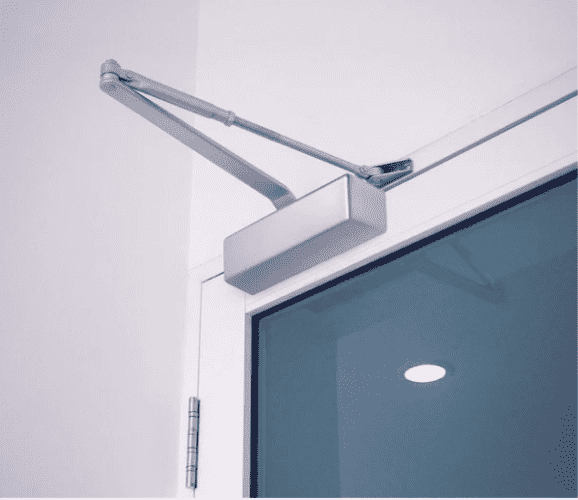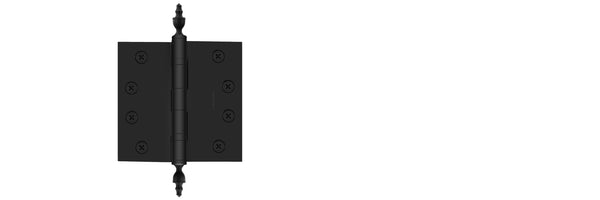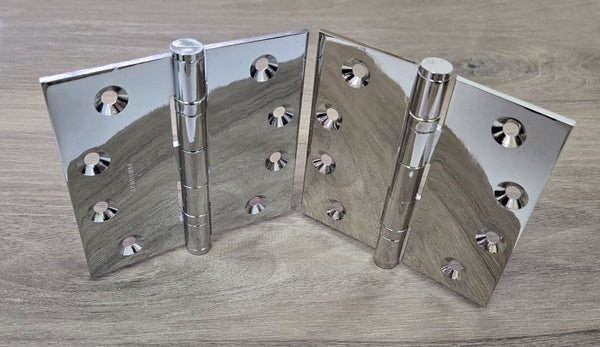Door closers commercial are innovative tools that serve a dual purpose in both residential and commercial establishments. They are not only a mechanism that closes doors automatically, but they also help maintain the temperature in a room, reducing energy consumption, and prevent the wear and tear of door frames.
Why Install Door Closers Commercial?
The installation of commercial door closers provides several benefits:
- Energy Efficiency: By ensuring doors close completely, they help maintain the climate inside a room, reducing the need for heating or cooling.
- Durability: Commercial door closers reduce the wear and tear of door frames by gently closing the door.
- Safety and Security: By ensuring doors close automatically, they prevent unauthorized access.
Types of Door Closers Commercial
Commercial door closers come in various types, each serving a unique purpose and suitable for different types of doors. Some of the common types include:
- Regular Arm: This is the most common type and is installed on the hinge side of an in-swing door.
- Top Jamb: This is installed on the top jamb of an out-swing door.
- Parallel Arm: This is installed on the push side of the door.
- Concealed: As the name suggests, these are hidden in the door frame or the door itself.
- Surface Mounted: These are mounted on the surface of the door or the door frame.
What You'll Need
Before installing commercial door closers, gather the necessary tools. These include:
- Drill and drill bits
- Marker or pencil
- Screwdriver
- Safety gear such as gloves and goggles
Note: The size of the drill bit needed may vary depending on whether the door is made of wood or metal.

The Installation Process
Below is a step-by-step guide on how to install commercial door closers:
Step 1: Unpack and Organize
Start by unpacking your commercial door closer and organizing all the parts on a flat surface. This ensures you have all the necessary parts and tools within reach.
Step 2: Align and Mark
Next, align the door closer with the door or frame (depending on the type of door closer) and mark the points where you'll drill holes.
Step 3: Drill Pilot Holes
Drill pilot holes on the marked points. This will make it easier to screw in the door closer later. It's crucial to be precise in this step to ensure the integrity of your door closer.
Step 4: Install the Door Closer
Now, align the door closer with the pilot holes and screw it into place. Remember not to tighten the screws fully at first - this allows for adjustments if needed.
Step 5: Adjust and Test
Finally, adjust the closing speed of your door closer as desired. This can usually be done by turning a valve or screw on the door closer. Test your installation by opening and closing the door several times.
Maintaining Your Commercial Door Closer
Like any other device, commercial door closers require regular maintenance to ensure they continue working optimally. Here are some maintenance tips:
- Lubrication: Keep the door closer lubricated to allow the metal parts to slide smoothly.
- Avoid Forcing the Door: Forcing a door to close can damage the door closer and shorten its lifespan.
- Regular Inspection: Inspect the door closer regularly for any signs of wear and tear.
Conclusion
Commercial door closers are essential tools for maintaining safety, security and energy efficiency in a building. Although the process of installing a commercial door closer may seem daunting, with the right tools and steps, it's a task that can be tackled by any handy person.
Remember, the key to a successful installation is in the details - from marking accurate drill points to adjusting the closing speed. Once installed, don't forget to maintain your door closer regularly to ensure it continues to function well for years to come.
Shop our selection of Commercial Door Closers today!



